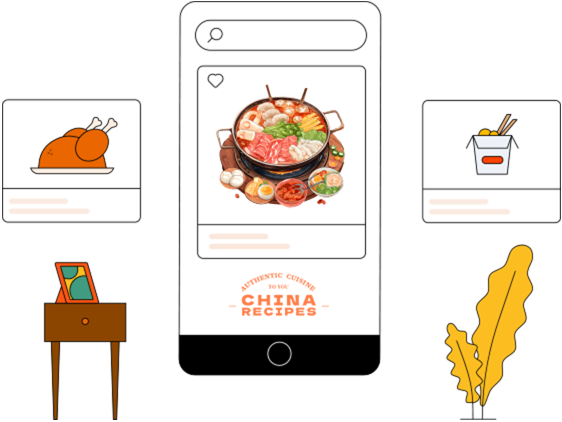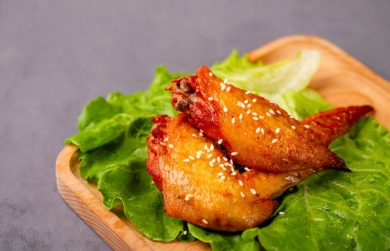Wondering how long to bake chicken wings at 375? Here’s the answer
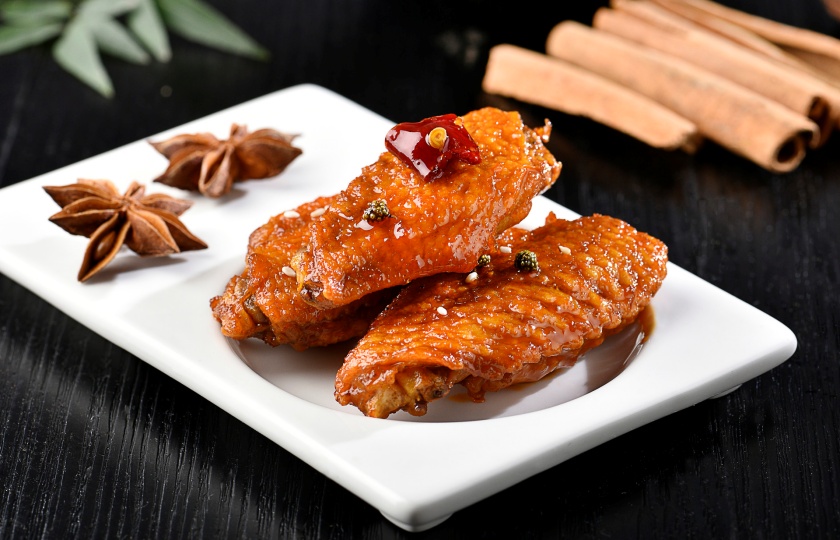
Are you also confused about " How long does it take to bake chicken wings at 375 degrees ?" Today I will share with you how long it takes to bake chicken wings at 375 degrees, and I guarantee that you can also make perfect baked chicken wings!
How long to bake chicken wings at 375 degrees?
Baked chicken wings should be baked in a 375 degree oven for approximately 25-30 minutes.
But the specific time will be affected by the size of the chicken wings, whether they are pre-marinated, and the uniformity of the oven temperature. Under normal circumstances, it is recommended to check the condition of the chicken wings after 20 minutes of baking, turn them over and bake for another 5-10 minutes, until the surface becomes golden and crispy, and the internal temperature reaches 165°F (about 74°C). If you like a crispier skin, you can bake it for a few more minutes.
Before baking the chicken wings, you can brush a thin layer of oil on the chicken wings, or wrap them with aluminum foil to keep the chicken wings moist, better lock in moisture and avoid drying out.
Should I bake wings at 350 or 400?
You can bake chicken wings at either 350 degrees or 400 degrees, depending on the time and results you want.
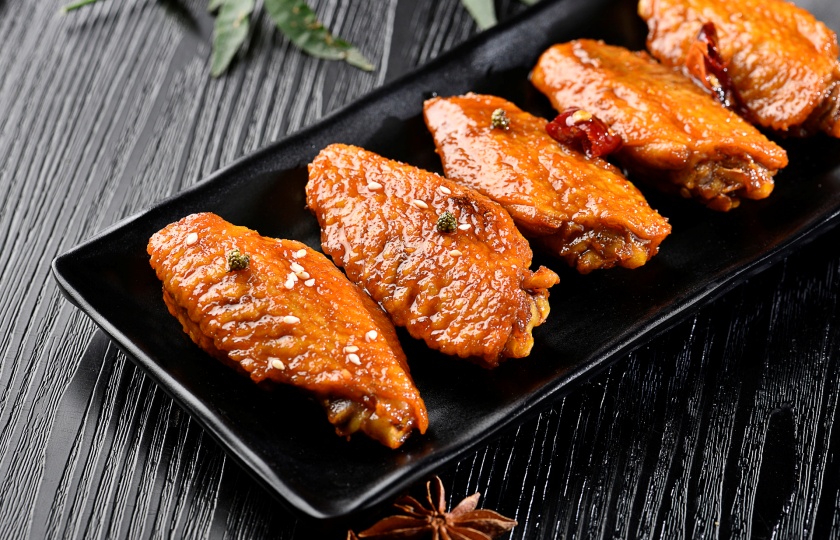
Normally speaking, if you like chicken wings with crispy skin and tender inside, then I recommend baking them at 400 degrees. This temperature is relatively high, which can make the surface of the chicken wings quickly crispy and lock in the moisture of the meat. Under normal circumstances, it only takes about 20-25 minutes to bake.
But if you want your chicken wings to be more tender and evenly cooked, 350 degrees is more suitable. 300 degrees allows the chicken wings to be cooked slowly and reduces the risk of over-burning the skin. It takes about 30-35 minutes, and you can check at the end to see if it is cooked.
How long to bake chicken wings at 425 uncovered?
Bake the wings uncovered at 425 degrees for about 18 - 25 minutes.
Generally speaking, bake the chicken wings for 10-12 minutes, turn them over to allow both sides to be evenly heated, and then bake for another 8-13 minutes. The chicken wings baked in this way will have a crispy skin and the meat inside will be cooked thoroughly, tender and juicy.
However, the specific time depends on the size and quantity of the chicken wings. If the chicken wings are small or the quantity is small, it may take 18-20 minutes; if the chicken wings are large or the quantity is large at one time, it may take 22-25 minutes.
During the baking process, observe the condition of the chicken wings more often. If the surface is golden brown and no blood oozes out when you poke it with chopsticks, it means it is almost done.
What is the best temperature to cook chicken wings?
Strictly speaking, there is no absolute rule for the best temperature for cooking chicken. It depends on what you want the skin and texture of the chicken wings to be.
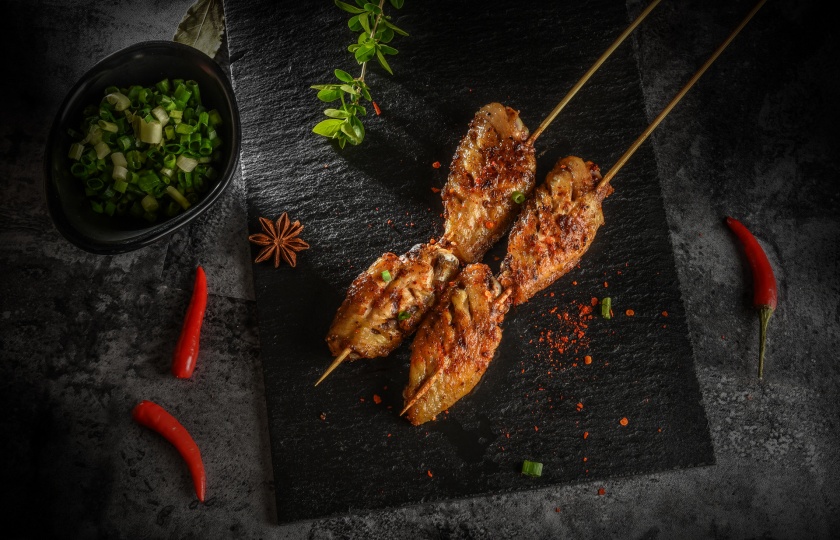
If you are baking chicken wings in the oven, the best temperature I recommend is 375°F (190°C). This temperature can make the surface of the chicken wings crispy while ensuring that the chicken inside remains tender. The baked chicken wings will not be dry or burnt on the outside and raw on the inside.
If you like your chicken wings extra crispy, you can increase the temperature to 400°F (200°C). This temperature will quickly bake the chicken wings to a golden and crispy surface. However, you need to keep an eye on the baking time, about 20 - 25 minutes, and turn them over once to prevent them from burning.
When frying chicken wings, the ideal oil temperature is around 350°F (175°C), which ensures that the wings are golden and crispy on the outside and fully cooked on the inside. If the oil temperature is too low, the wings will absorb the oil and become greasy; if the oil temperature is too high, the wings may be burnt on the outside and not cooked through on the inside.
In general, the temperature can be adjusted according to your preferred taste, but 375°F (190°C) is the balance point I recommend most, which can ensure that the chicken wings are crispy on the outside and tender on the inside, which is perfect!
What is the trick to getting crispy wings?
If you want crispy chicken, here are some tips:
Marinating is the key. Marinate the chicken wings with salt, pepper, light soy sauce, oyster sauce and other seasonings for at least 30 minutes to allow the chicken wings to be fully flavored.
Secondly, coating with flour is very important. You can first coat the chicken wings with a thin layer of starch or fried chicken powder, then coat them with egg liquid, and finally coat them with a layer of breadcrumbs to make the skin of the chicken wings more crispy.
When frying, control the oil temperature at 60% to 70% hot (about 180°C). First fry over medium-low heat until it is set, then turn to low heat and fry slowly until golden and crispy, ensuring that the chicken wings are crispy on the outside and tender on the inside.
Finally, re-frying is also a little trick to improve the crispiness. You can quickly re-fry it for a few seconds after the oil temperature rises to make the skin more crispy.
How do you tell when a chicken is done in the oven?
Using a Thermometer: This is the most accurate method, insert a kitchen thermometer into the thickest part of the chicken and make sure the internal temperature reaches 75°C (165°F).
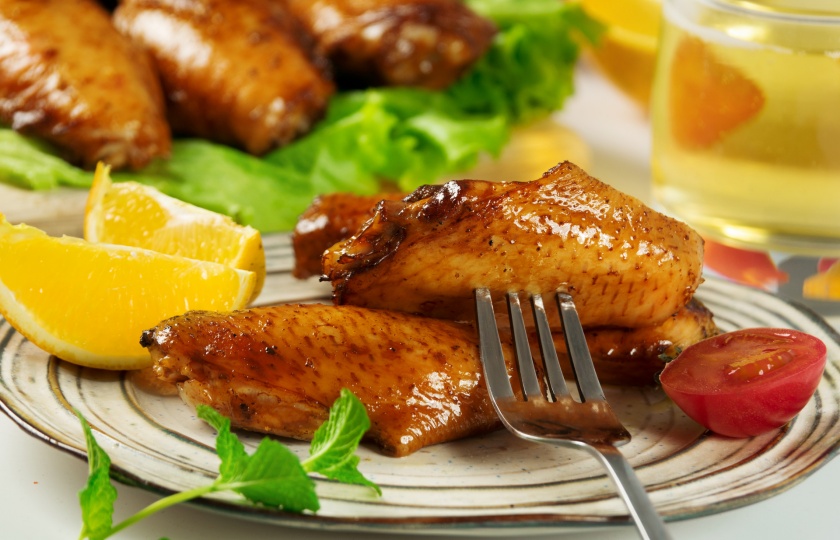
Observe the color of the juice: Use a knife or fork to insert into the chicken and observe the color of the juice that flows out. The juice of raw chicken is red, half-cooked chicken is pink, and cooked chicken is transparent and colorless.
Check the texture of the chicken: The chicken should be golden brown and can be easily pierced with a chopstick or fork without bleeding. This means the chicken is cooked.
Time reference: Although the time is just a rough guide, generally you should roast the chicken for 20 minutes per pound. For example, a 4-pound chicken should take about 80 minutes.
Rest and observe: After roasting, remove the chicken from the oven and let it rest for 10-15 minutes before cutting. This allows the juices to redistribute, ensuring every bite is juicy and delicious.





